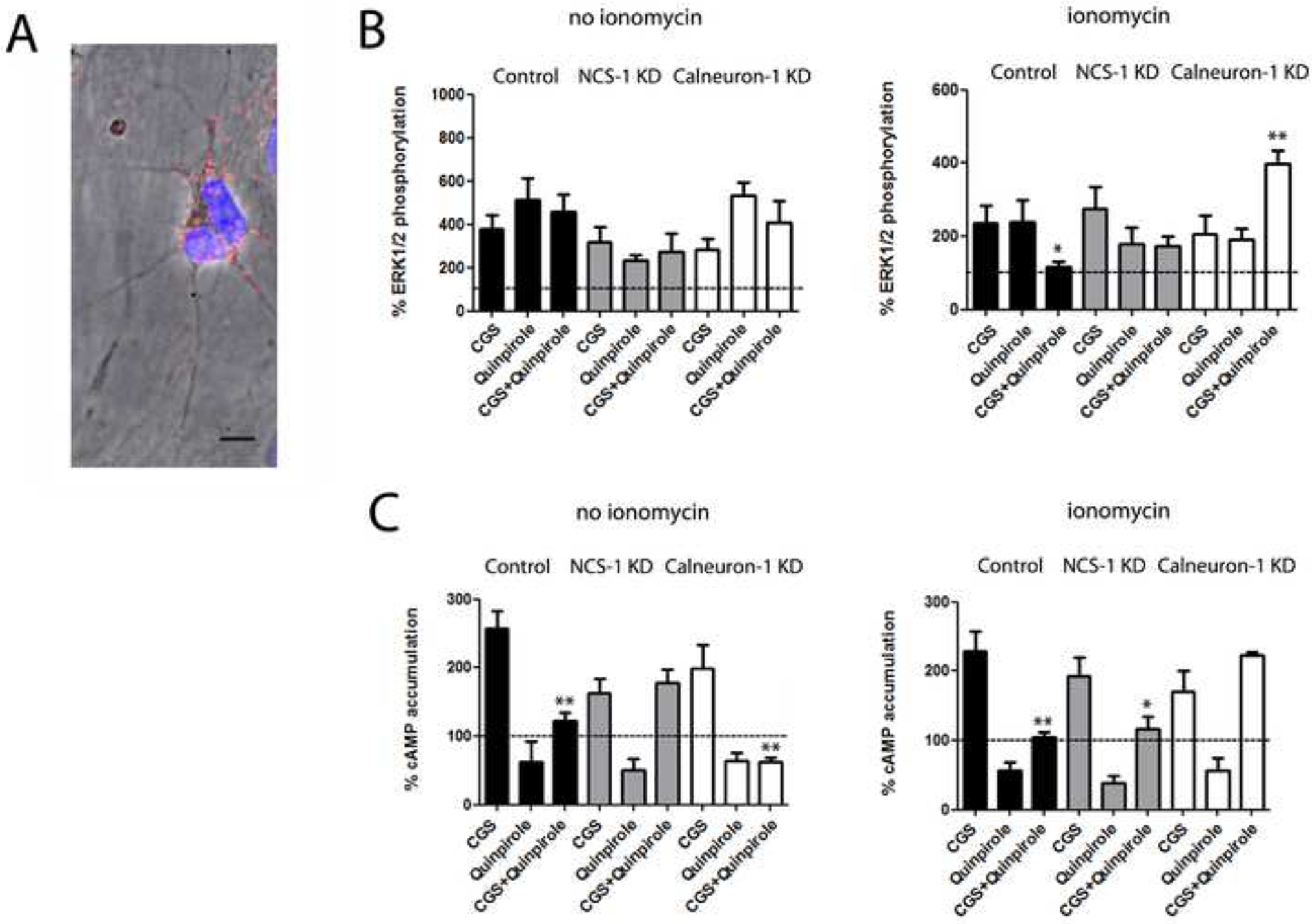Figure 5. Modulation by NCS-1 and calneuron-1 of A2AR-D2R heteromer signaling in primary cultures of rat striatal neurons.

A. A2AR-D2R heteromers detected by Proximity Ligation Assay (PLA) and confocal microscopy images (superimposed sections) in rat striatal neurons in culture. A2AR-D2R heteromers are seen as red and cell nuclei in blue (Hoesch stain). Scale bars = 20 μm. B. ERK1/2 phosphorylation in striatal primary cultures not transfected or transfected with NCS-1 shRNA cDNA (1.5 μg; gray bars) or with calneuron-1 shRNA cDNA (1.5 μg; white bars) after administration of the A2AR agonist CGS 21680 (CGS, 100 nM), the D2R agonist quinpirole (1 μM) or both, in the absence or presence of ionomycin (left and right graphs, respectively). ERK1/2 phosphorylation levels are expressed as a percentage over basal. C. Levels of cAMP in striatal primary cultures not transfected or transfected with NCS-1 shRNA cDNA (1.5 μg; gray bars) or with calneuron-1 shRNA cDNA (1.5 μg; white bars) after administration of the A2AR agonist CGS 21680 (CGS, 100 nM), the D2R agonist quinpirole (1 μM) or both, in the absence or presence of ionomycin (left and right graphs, respectively). Levels of cAMP after CGS alone or after CGS plus quinpirole are expressed as a percentage over basal; cAMP after quinpirole alone are expressed as percentage of decreases with respect to cAMP induced by forskolin (0.5 μM); basal and forskolin-induced cAMP were given as 100% and represented by a dotted line. In A, values are expressed as a percentage over basal (100%, dotted line), as means ± S.E.M. of 4 to 6 different experiments; one-way ANOVA followed by post hoc Dunnett’s multiple comparisons: *p < 0.05 and ***p < 0.001 versus basal; ##p < 0.01 versus respective agonist alone. In B and C, values are means ± S.E.M. of 4 to 6 different experiments; one-way ANOVA followed by post hoc Dunnett’s multiple comparisons: *p < 0.05 and **p < 0.01 versus CGS 21680 treatment.
